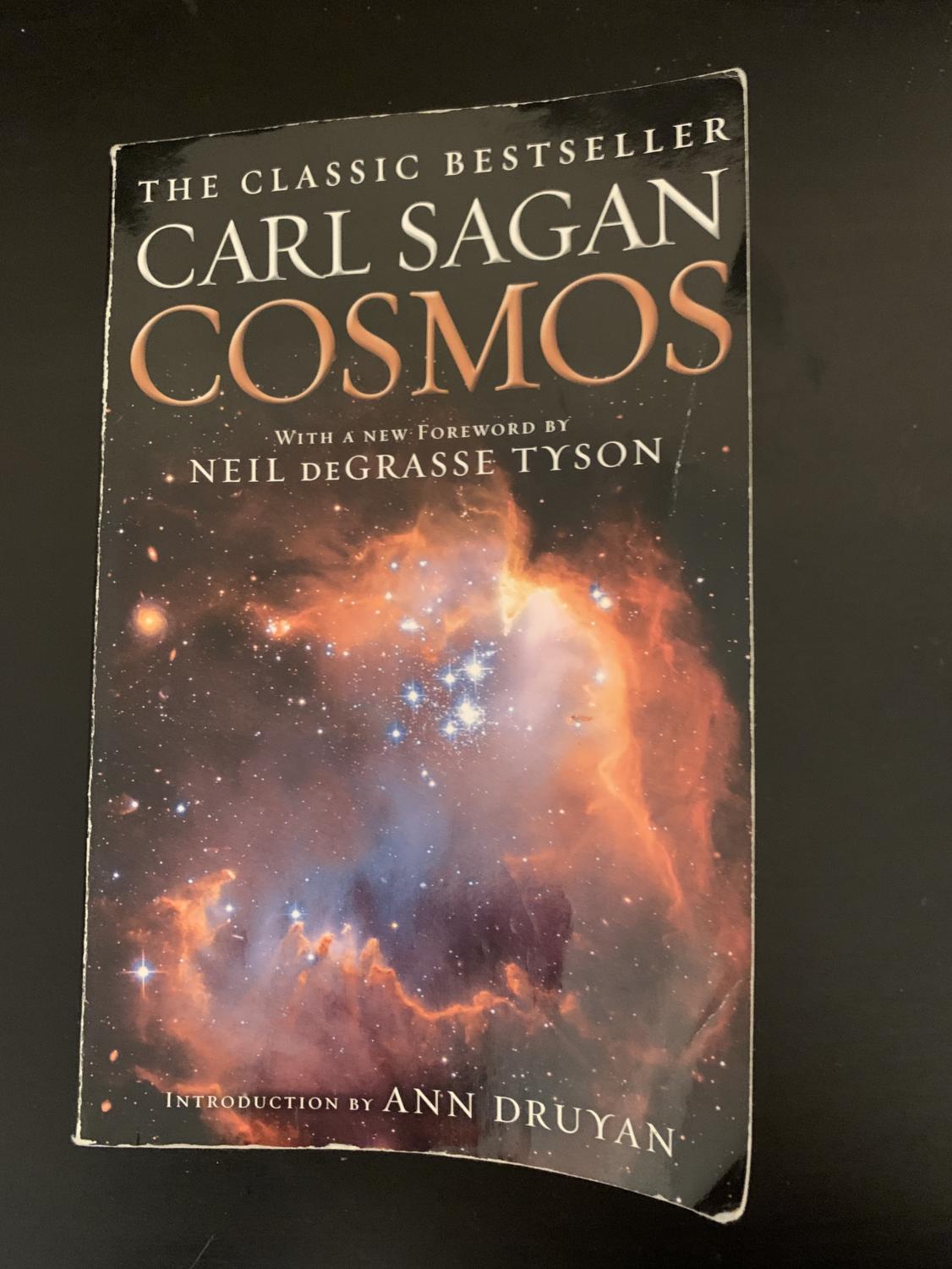As we plunge into the vast expanse of knowledge curated by the brilliant mind of Carl Sagan, “Cosmos” emerges as a monumental work that enigmatically intertwines science, philosophy, and a profound sense of wonder about our universe. Published originally in 1980, this book has transcended generations, captivating readers with its articulate prose and evocative illustrations. Understanding “Cosmos” is akin to embarking on an exhilarating journey across the cosmic landscape, guided by Sagan’s illuminating insights.
From the very first pages, readers will encounter a unique blend of personal anecdotes, scientific rigor, and imaginative storytelling that Sagan is renowned for. The narrative is structured elegantly, with each chapter unveiling a different facet of our universe, ranging from the origins of life on Earth to the complexities of galaxies far beyond our ken. As readers navigate through these chapters, it becomes evident that this is not merely a book about astronomy; it is a full-fledged exploration of life itself.
Throughout “Cosmos,” Sagan eloquently dissects intricate scientific concepts and renders them accessible to a broad audience. He discusses the delicate intricacies of the Big Bang, the evolution of species, and the potential for extraterrestrial life, weaving these themes together to form a cohesive understanding of humanity’s place in the cosmos. Sagan’s analytical prowess shines through when he juxtaposes the empirical with the philosophical, urging readers to contemplate not only what we know but also what we do not.
Moving into the book, one finds breathtaking illustrations, meticulously crafted to complement Sagan’s textual narrative. The inclusion of these visual elements enhances the reader’s comprehension of otherwise complex phenomena. From stunning depictions of planetary systems to vivid representations of life at the microscopic level, these images serve as visual metaphors for the expansive topics discussed. They cultivate a sense of awe, reminding us that the universe is both a majestic enigma and a scientific treasure trove.
Sagan’s passion reverberates throughout the text, particularly in his examination of the scientific method. He instills a strong appreciation for critical thinking and skepticism. By emphasizing the importance of questioning assumptions and testing hypotheses, Sagan champions intellectual curiosity—an imperative trait for anyone aspiring to grasp the intricacies of the cosmos. His vehement critique of pseudoscience encourages readers to adopt a discerning mindset, ultimately leading to a greater acceptance of scientific inquiry.
One of the most poignant themes in “Cosmos” is the sense of togetherness it cultivates. Sagan frequently acknowledges the collective human experience, urging readers to recognize our shared destiny on this pale blue dot, suspended in the vastness of space. In this cosmic camaraderie, Sagan propels us to contemplate the ethical responsibilities that accompany our scientific advancements. With discussions surrounding nuclear proliferation and environmental conservation, he implores humanity to tread lightly and responsibly upon the shared sphere we inhabit.
As the narrative unfolds, readers are treated to a foray into the past, beautifully intertwining historical contexts with scientific advancements. Notable figures in the annals of science, such as Copernicus, Galileo, and Newton, are celebrated not only for their contributions but also for their tenacious spirit in the face of skepticism and adversity. This historical narrative serves as a reminder that the quest for knowledge is a continuum, and present-day advancements are built upon the foundations laid by these brilliant minds.
In terms of structure, “Cosmos” masterfully balances scientific discourse with philosophical musings. Each chapter transitions smoothly into the next, creating a seamless flow that maintains engagement and piques curiosity. Readers may find themselves reflecting on nebulous questions that arise, such as the very nature of consciousness or the likelihood of life beyond Earth. Each inquiry opens a portal into deeper discussions, inviting an interactive reading experience that is both enlightening and enriching.
Moreover, while “Cosmos” is undoubtedly steeped in scientific inquiry, it also unravels the emotional landscape of human existence. Sagan reflects on the triumphs and tribulations of life, imparting wisdom on the significance of curiosity. In this vibrant tapestry, he emphasizes the role of imagination in scientific pursuit. Readers are encouraged not only to engage with existing knowledge but to envision futures yet realized—where humanity makes remarkable strides in understanding the universe.
In conclusion, “Cosmos” by Carl Sagan is not merely a book; it is an invitation to explore the profound questions that linger at the edges of our understanding. It is a harmonious confluence of science, history, and human values, shedding light on the interconnectedness of all things. Whether you are a seasoned scholar or a curious newcomer, Sagan’s enriching narrative promises to elicit wonder and provoke thought. This cosmic odyssey is a testament to the indomitable spirit of inquiry and the beauty of existence itself. With every turn of the page, readers are beckoned to ponder their place in the grand narrative of the cosmos—an invitation to dream, discover, and ultimately, to understand.
